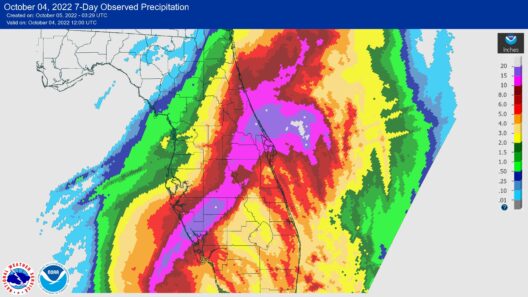In recent years, the discourse surrounding climate change has increasingly encompassed the effects of our food systems. At the heart of this topic lies factory farming, a method of raising livestock that has continued to flourish, notwithstanding its profound implications for our environment. Understanding the hidden climate costs associated with factory farming is vital for anyone concerned about sustainability and the future of our planet.
Firstly, it is important to recognize the sheer scale of factory farming. Traditional agricultural practices have largely been supplanted by industrial methods that prioritize efficiency and profit. In many regions, factory farms operate at a scale unimaginable just decades ago. This industrialization has led to significant increases in meat and dairy production to meet burgeoning consumer demands. However, these practices come at an expense—particularly in terms of greenhouse gas emissions.
It is estimated that livestock production is responsible for approximately 14.5% of global greenhouse gas emissions, according to the Food and Agriculture Organization of the United Nations. Much of these emissions stem from methane—a potent greenhouse gas emitted during digestion in ruminant animals, such as cows and sheep. Additionally, the expansive land required for animal grazing and the cultivation of feed crops contribute to carbon dioxide emissions through deforestation, soil degradation, and the loss of carbon sinks.
Moreover, factory farming leads to significant food loss and waste, exacerbating its environmental footprint. A considerable proportion of food produced in these systems never reaches consumers. According to estimates, around one-third of all food produced globally ends up as waste. This loss is especially egregious in factory farming where resources, including land, water, and energy, are squandered in the production of food that ultimately does not nourish anyone.
Furthermore, the water footprint of factory farming cannot be overlooked. The agricultural sector accounts for about 70% of global freshwater withdrawals. In factory farms, immense volumes of water are utilized—not only for the animals themselves but also for the crops grown as feed. This excessive water use leads to the depletion of natural aquifers and local water sources, straining ecosystems and communities that rely on these resources. The intersection of water scarcity and food production presents a dire dichotomy exacerbated by industrial farming practices.
Another aspect of factory farming’s climate footprint is the use of fossil fuels—an often underappreciated factor. The mechanization of agriculture requires substantial energy inputs for operations ranging from plowing fields to processing feed. Additionally, the transportation of feed, livestock, and meat products across vast distances further compounds fuel consumption and related emissions. This dependence on fossil fuels not only contributes to climate change but also perpetuates a cycle of ecological imbalance.
In light of these challenges, the question arises: What can be done to mitigate the hidden climate costs of our food? A fundamental shift in agricultural practices toward more sustainable methods is essential. This could involve embracing agroecological principles, fostering biodiversity, and promoting organic farming techniques that prioritize soil health and ecological resilience over short-term yield maximization.
Shifting consumer behavior plays a critical role as well. Reducing meat and dairy consumption—particularly from factory farms—can significantly lessen one’s carbon footprint. Individuals can explore plant-based diets or opt for pasture-raised and sustainably sourced animal products. Such choices not only have positive environmental implications but also support humane animal welfare practices.
Policy interventions are equally crucial. Governments must enact regulations that promote sustainable agricultural practices, support farmers transitioning to organic methods, and provide incentives for reducing greenhouse gas emissions in the sector. Investment in research for innovative farming technologies can further enhance agricultural sustainability while addressing climate concerns.
Education and awareness are indispensable as well. Elevating public consciousness about the environmental impacts of factory farming can motivate individuals to advocate for change and make informed decisions about their consumption habits. Engaging communities in discussions about the critical intersections of food systems and climate change is imperative for fostering a collective commitment to sustainable practices.
Furthermore, food waste can be tackled directly through robust waste management strategies. Implementing infrastructure for composting and redistributing surplus food to those in need can considerably reduce the environmental impacts associated with food loss. Initiatives that encourage local food systems and community-supported agriculture can also play a role in minimizing waste and its associated environmental costs.
Ultimately, factory farming cannot be extricated from the larger conversation surrounding climate change. The hidden costs it imposes on our environment are profound and multifaceted, encapsulating issues of greenhouse gas emissions, water usage, soil degradation, and food waste. To forge a sustainable future, all stakeholders—from consumers to policymakers—must take collective action to reevaluate our current food systems. A paradigm shift is essential; one that transcends mere efficiency and profit, championing sustainability and resilience in the face of an uncertain climate future.
The path forward requires courage and a willingness to confront unsettling truths about our food production systems. By taking informed action and advocating for change, individuals can contribute to diminishing the climate impact of our food. A more sustainable food system is not just an aspiration; it is a necessity as we navigate the pressing challenges of climate change.







